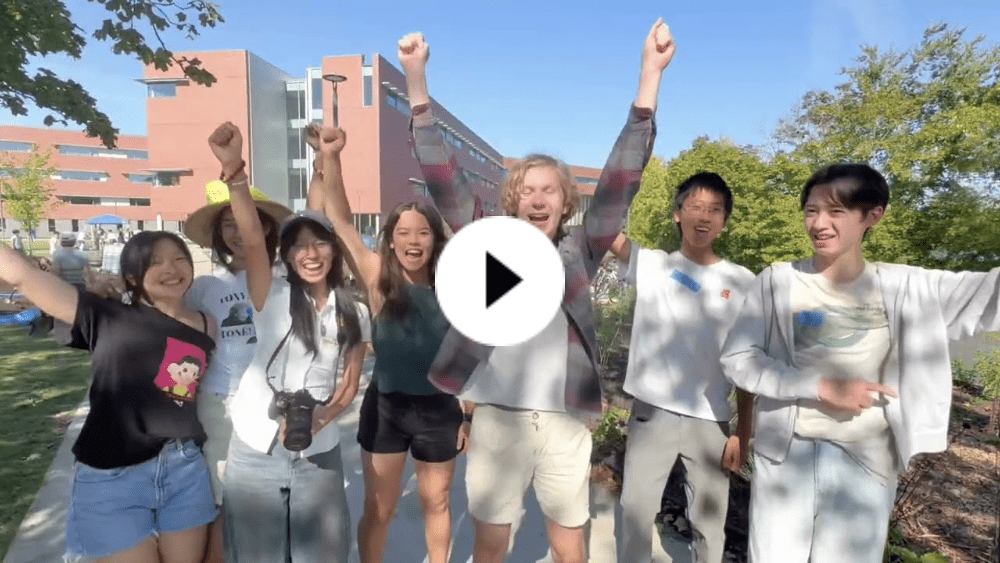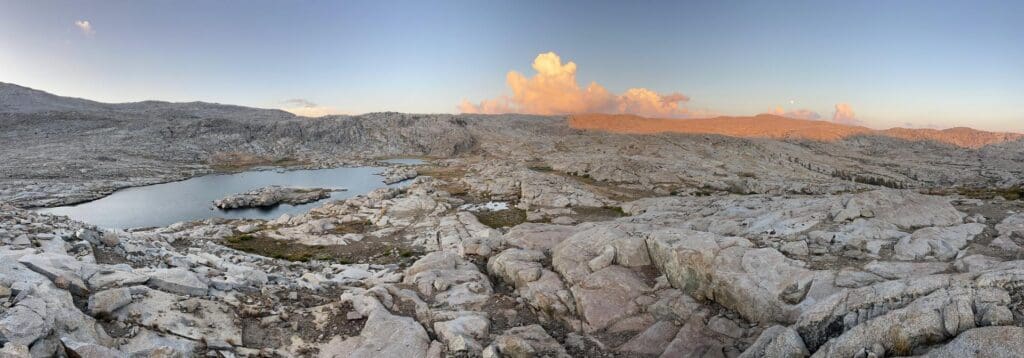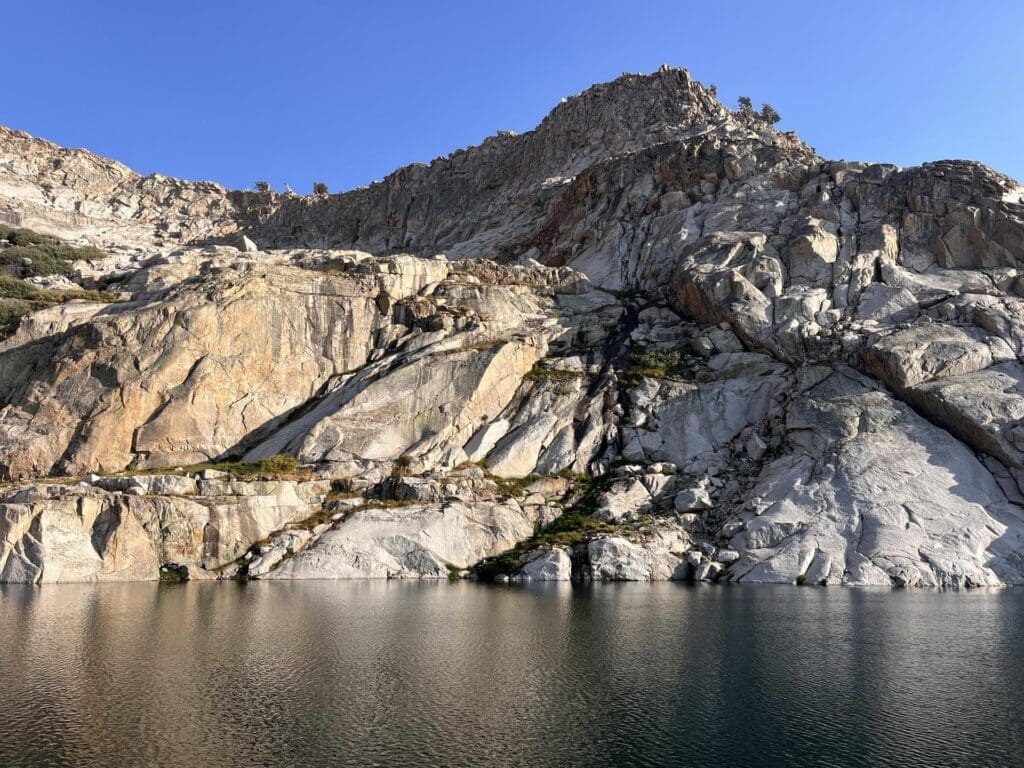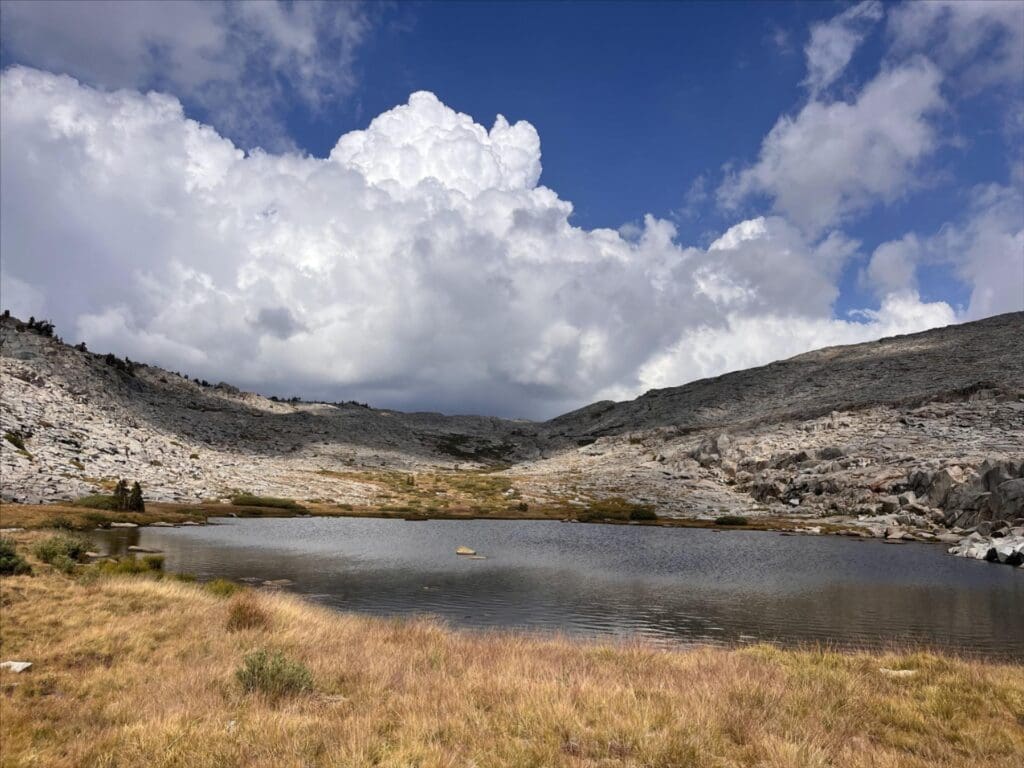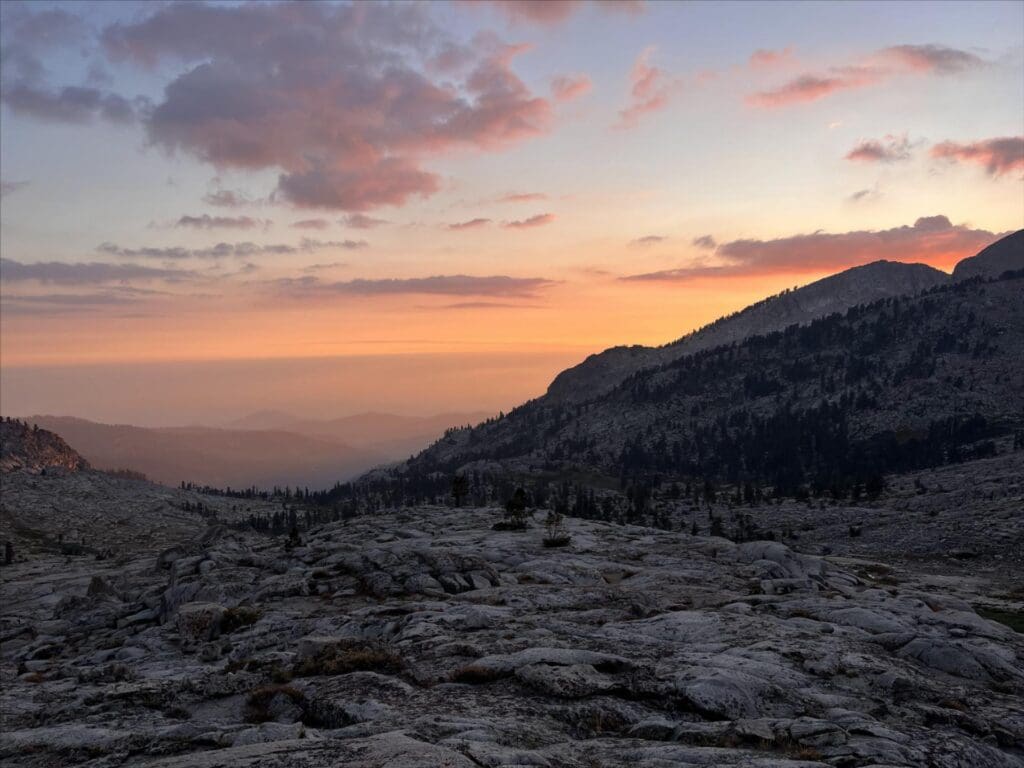What creature steals photosynthesis, can go a year without eating, and blurs the animal-plant boundary?
The Eastern Emerald Elysia (Elysia chlorotica)!

“It’s a leaf,” my friend said when I showed her the photograph.
“Look closely. It’s not a leaf,” I replied.
“What is it then? Some insect camouflaged as a leaf?” she asked, still staring at the photo.
“It’s a slug. A sea slug. It starts as an animal and then… becomes plant-like. It steals chloroplasts. It can photosynthesize,” I almost yelled in excitement.
“What do you mean, it steals chloroplasts? Is there some symbiotic relationship with bacteria that allows it to photosynthesize?” my friend asked—she’s a nature nerd.
“No, not at all,” I said, feeling overwhelmed. “I don’t quite understand how it works yet. I am not sure anyone truly does.”
It had only been a few hours since I learned about the Eastern Emerald Elysia (Elysia chlorotica). Since then, I haven’t been able to stop sharing this incredible discovery with anyone who crosses my path—whether they’re interested or not—I’ll share anyway.
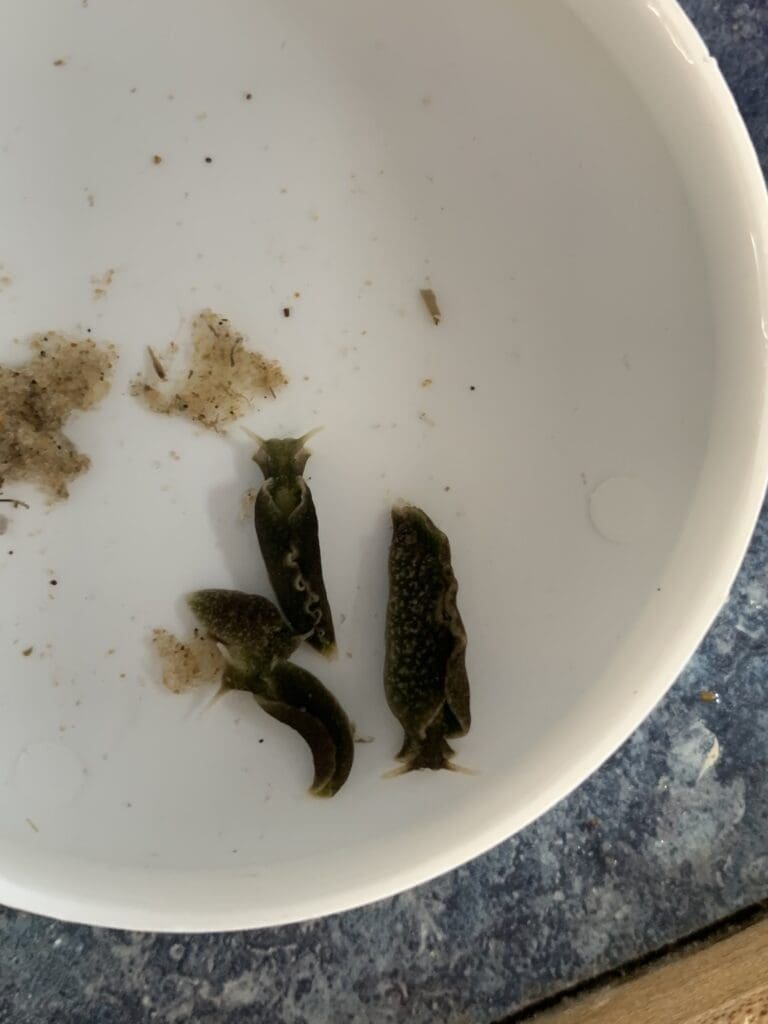
Photosynthesis in Nature through Symbiosis
Days later, as I write, I contemplate my friend’s first instinct. In nature, if you’re not a plant and want to photosynthesize, you usually rely on symbiosis. The first thing that comes to mind are corals. Corals host tiny algae called zooxanthellae within their tissues. The algae photosynthesize, providing the coral with food and energy in exchange for protection and access to sunlight.
But I became curious — What other species in nature photosynthesize through symbiosis?
I learned that some sea anemones, sponges, giant clams, hydras and, surprisingly, yellow-spotted salamanders—the only known vertebrate that photosynthesizes—also rely on similar symbiotic relationships, though that’s a story for another time.
And … lichens, too.
In his book Entangled Life: How Fungi Make Our Worlds, biologist and author Merlin Sheldrake describes lichens as “places where an organism unravels into an ecosystem, and where an ecosystem congeals into an organism. They flicker between ‘wholes’ and ‘collections of parts’. Shuttling between the two perspectives is a confusing experience.”
Indeed, it is a confusing experience. There’s this consistent thread of life forms rejecting the categories we impose on them. Lichens blur the lines between fungi and plants, comprising fungi, algae, and bacteria—organisms from three kingdoms of life, each with a specific ecological role crucial to the whole—a miniature ecosystem.
But the Eastern Emerald Elysia (Elysia chlorotica) once more challenges categorization, blurring the lines between the animal and plant world.
Where does the animal stop and the plant begin?


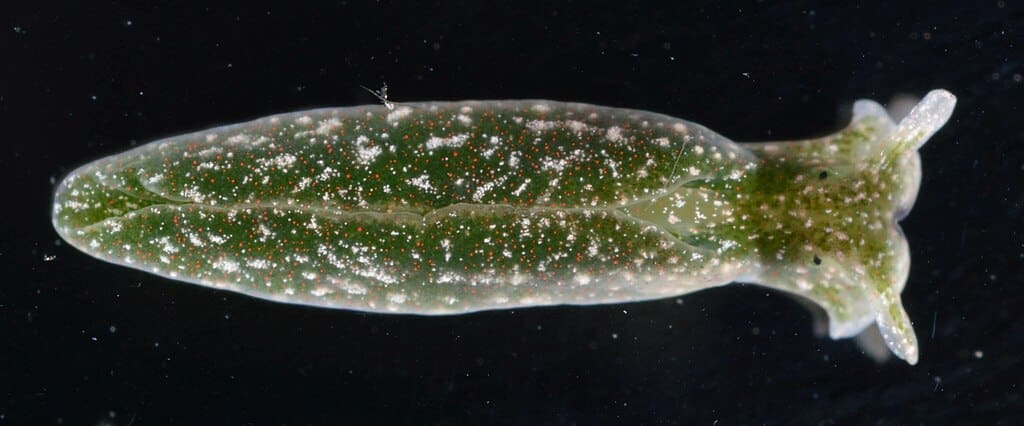
Elysia Chlorotica’s Way of Being: Living In Between Worlds
I am learning that Elysia chlorotica can be found very close to where I live on the eastern coast of the United States. My friend noted several sightings of them on iNaturalist in states like Massachusetts, Rhode Island, New Jersey, and Connecticut. In fact, the highest concentration of Elysia Chloratica is on Martha’s Vineyard in Massachusetts.
Their preferred habitat is shallow tidal marshes and pools with water less than 1.5 feet deep.
They are shy, flat, and between 1 and 2 inches long.
And although they belong to the clade Sacoglossans, they are often mistaken for Nudibranchs. What differentiates the two is their diet. Nudibranchs are carnivorous, while the Sacoglossans are herbivores.
Sacoglossans are also known as sap-sucking slugs due to their feeding behavior. Elysia chlorotica feeds exclusively on the yellow-green macroalga Vaucheria litorea, the two living in close proximity.
It is a fascinating story of endosymbiosis.”
The term “feeding” might be a bit misleading. Elysia chlorotica does eat the algae, yet it uses its radula, a specialized set of piercing teeth, to puncture it and suck out all of its contents – “kinda” like a straw. In the process of feeding, it begins to digest everything else, except it leaves the chloroplasts intact – the tiny organelles responsible for photosynthesis in plants.
The undigested chloroplasts become incorporated into the slug’s digestive tract, visible on its back as a branching pattern that resembles the venation found on a leaf or the structure of our lungs. This process is known as kleptoplasty, derived from the Greek word “klepto,” meaning thief. As chloroplasts accumulate, the slug’s color changes from reddish-brown to green due to the chlorophyll in about 48 hours.

When I read this, I engage in a thought exercise—I imagine I am eating a salad. The salad is composed of cucumbers, sesame seeds, and dill (my favorite!) with a bit of olive oil, vinegar, and salt. In the process of eating, I digest everything except the dill, which I leave intact within me. Once the dill gets to my digestive tract, within a matter of 48 hours, I start turning green and gain the ability to photosynthesize—to eat light, to fix CO2, and emit oxygen in return.
Of course, this is impossible (or doesn’t yet happen) for humans and animals. Repurposing chloroplasts into one’s physiology, even without digesting them, is a feat that is far from straightforward. It involves complex genes, proteins, and mechanisms—thousands of them—ensuring that this process functions correctly. There’s a precise interaction, akin to a lock-and-key mechanism, that makes this extraordinary adaptation possible. It is more of a dialogue, an evolutionary dialogue—an activation.
What is even more extraordinary is that Elysia chlorotica can maintain functioning chloroplasts for its entire life cycle, approximately 12 months. It only needs to eat once. Normally, chloroplasts need a lot of support from the plant’s own genes to keep functioning. When they are inside an animal cell, they are far from their original plant environment. And one cannot ignore the immune system, which upon sensing a foreign body, should initiate an attack.
This intrigues scientists. For example, there are many other species that are kleptoplasts, including a few other Sacoglossans sea slugs. I learned that some ciliates and foraminiferans are, too. And there’s a marine flatworm that can steal chloroplasts from diatoms.
However, none of them can maintain intact chloroplasts as long as Elysia chlorotica.
At first you might have been surprised by just how it incorporates plant-like processes into an animal body. But then the question transforms into how it maintains these processes. Maintenance, it seems, is still a mystery. And for what?
refer to its description for scientific papers and additional readings.
Yet What is This Chloroplast Maintenance For? Does It Need Photosynthesis to Survive?
From the video above that does an excellent job summarizing various scientific discoveries and Ed Yong’s article “Solar-Powered Slugs Are Not Solar-Powered,” I was able to understand the development of a mental model and the nature of scientific inquiry through experimentation and challenging assumptions surrounding the sea slug.
Initially: It was believed that Elysia chlorotica stole chloroplasts and relied entirely on photosynthesis for survival.
Then: It was found that sunlight isn’t crucial for its survival—starvation, light or darkness–it doesn’t matter.
Finally: Research on other species of sea slugs Elysia timida and Plakobranchus ocellatus showed that while these slugs convert CO2 into sugars in the presence of light, they don’t need photosynthesis to survive. They concluded that chloroplasts might act as a food reserve, hoarded for future needs.
However: The mystery remains of how chloroplasts perform photosynthesis in an animal body. The hypothesis that chloroplasts function due to gene theft was disproven. Chloroplasts need thousands of genes, mostly from the host cell’s nucleus, but that is left behind during chloroplast theft. Nobody truly understands how the chloroplasts continue to function under these conditions.
I’m left confused, moving from thinking photosynthesis was essential to realizing it’s not required for survival, yet chloroplasts still perform photosynthesis.
If you also feel confused, please know, this uncertainty and surrendering to the unknown is crucial when studying and learning from the natural world. Questions like ‘why they need photosynthesis at all’ and ‘how it happens’ remain unanswered.
Due to the difficulty of raising Elysia chlorotica in the lab, and the need to carefully limit their collection to protect wild populations, research on them is highly challenging. Climate change and habitat fragmentation make this task even more difficult.
I look forward to following the progress of this research and am grateful to the scientists who continue to push boundaries and deepen our understanding of these remarkable creatures. This is one more example of why it is so important to protect and restore the Earth’s ecosystems.
The Genesis of Symbiosis. The Origin of The Chloroplast. The Becoming of the Earth.
Researching Elysia chlorotica took me on an entirely different path. I have always been interested in the origin of things, how something emerges, and the question of what is the origin of the chloroplasts intuitively unfolded.
I tried to understand symbiosis as defined by evolutionary biologist Lynn Margulis. At the recommendation of Bio4Climate staff biologist Jim Laurie, I watched (and then re-watched) the documentary Symbiotic Earth: How Lynn Margulis Rocked The Boat and Started a Scientific Revolution.
It led me to Symbiogenesis. Symbiogenesis, as defined by Lynn Margulis, is the theory that new organisms and complex features evolve through symbiotic relationships, where one organism engulfs and integrates another.
In a moment of serendipity, I was surprised to see in one of the scenes in the documentary that the Elysia chlorotica was on the cover of the book titled “Symbiogenesis: A New Principle of Evolution” by Boris Mikhaylovich Kozo-Polyanksy. One of its editors is Lynn Margulis.

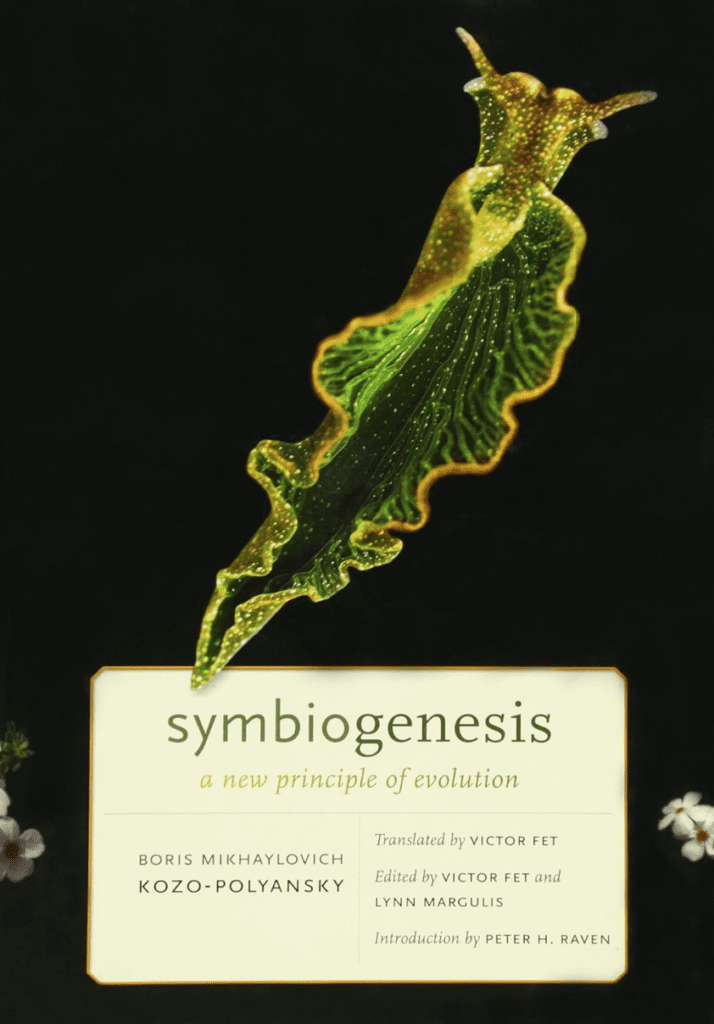
I never considered the genesis of symbiosis before–its connection with the genesis of life on Earth as we know it and with the biogeochemical cycles, fundamental processes that make our planet habitable.
This serendipitous moment, coupled with my learning process of Elysia chlorotica feels like some sort of beginning for me–a new understanding of how to perceive the becoming of the Earth.
Lynn Margulis, through her Serial Endosymbiotic Theory (SET), proposed that chloroplasts and mitochondria were originally free-living bacteria that entered into symbiotic relationships.
I am becoming aware that these primordial organelles have been integral to life’s evolution, part of a biological legacy that has shaped the Earth’s emergence of life for billions of years. And it all started with bacteria!
Elysia chlorotica, with its ability to steal chloroplasts, has reminded me that when studying the natural world, there is always something that doesn’t quite fit into our predetermined categories of knowledge and that life inevitably discovers a way to persist through new configurations of interacting and being.
We now understand that classifying nature goes beyond just physical appearances. There are hidden processes at play—molecular, genetic, and biogeochemical—that allow us to trace the origins of life and understand it in ways that extend beyond mere morphology. Nature, ultimately, defies rules—this seems to be the only rule. The once-ordered tree of life gives way to fluid boundaries and intricate entanglements. This emerging complexity reflects the true essence of life: dynamic, interconnected, ever-evolving, filled with irregular rhythms.
And now, I have a new category, a new lens through which to perceive nature: “Animals That Can Photosynthesize.” (hear Lynn Margulis talk about this topic in the first 10 minutes of the podcast).

Right: Project Apollo Archive (Public Domain via Wikimedia Commons)
Without chloroplasts, there would be no plants, sea slugs, and oxygen-rich Earth. And without cyanobacteria—the believed progenitors of chloroplasts—much of the life we know of today, and perhaps countless other forms yet to be discovered, would not exist.
I hope you can look beyond the form of living systems and envision how life emerged through symbiosis.
Picture this emergence on various scales, from the microscopic chloroplast to the scale of an entire planet.
With gratitude, yet green with chloroplast envy,
Alexandra
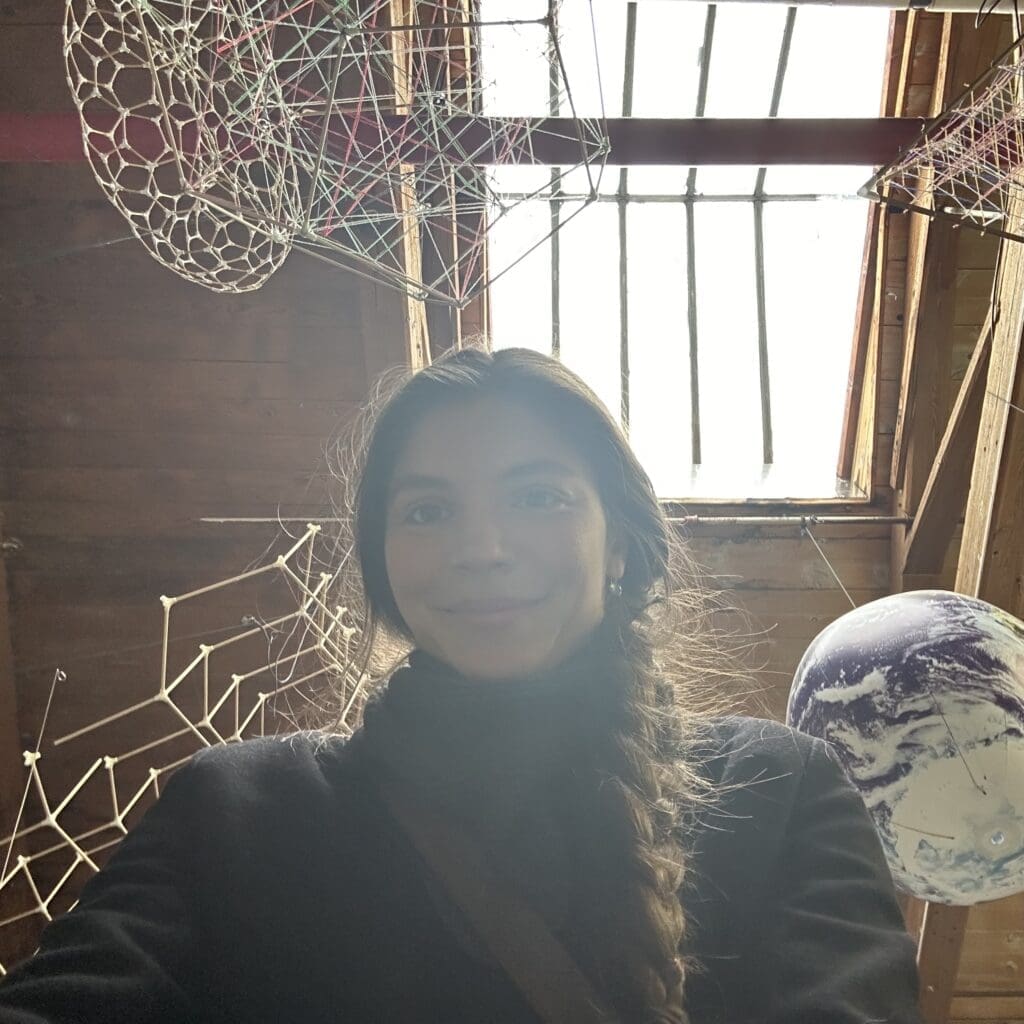
Alexandra Ionescu is an Ecological Artist and Certified Biomimicry Professional. She currently works at Bio4Climate as the Associate Director of Regenerative Projects, focusing on the Miyawaki Forest Program. Her aim is to inspire learning from and about diverse non-human intelligences, cultivating propensities for ecosystem regeneration through co-existence, collaboration and by making the invisible visible. She hopes to motivate others to ask “How can humans give back to the web of life?” by raising awareness of biodiversity and natural cycles to challenge human-centric infrastructures. In her spare time, Alexandra is part of the Below and Above Collective, an interdisciplinary group that combines art with ecological functionality to construct floating wetlands and is a 2024 Curatorial Fellow with Creature Conserve where she organized a webinar and “Read/Reflect/Create” club centered on beavers.
Sources and Further Reading:
Videos
- The Fantastically Weird World of Photosynthetic Sea Slugs | Michael Middlebrooks | TED
- These Animals Are Also Plants … Wait, What? – Luka Seamus Wright| TED-Ed
- 3 Amazing Photosynthetic Animals | SciShow
- The Complicated Legacy of Lynn Margulis | Journey To The Microcosmos
Articles
- Solar-Powered Slugs Are Not Solar-Powered By Ed Yong (2013)
- The Amazing Acquired Phototroph! By Gwendolyn Schanker (2017)
- Celebrity Sea Slugs Prove Photosynthesis Isn’t Just for Plants By Bella Bennett (2018)
- Solar-Powered Slugs Hide Wild Secrets—But They’re Vanishing by Douglas Main (2018)
- Animal Diversity Web: Elysia Chlorotica by Chelsea Blanchet
- Sea Slug Forum: Elysia Chlorotica
Scientific Papers
- Mollusc-Algal Chloroplast Endosymbiosis. Photosynthesis, Thylakoid Protein Maintenance, and Chloroplast Gene Expression Continue for Many Months in the Absence of the Algal Nucleu (Brian J. Green et al., 2000)
- Horizontal gene transfer of the algal nuclear gene psbO to the photosynthetic sea slug Elysia chlorotica (Rumpho et., al 2008)
- Chloroplast symbiosis in a marine ciliate: ecophysiology and the risks and rewards of hosting foreign organelles (McManus et al., 2012)
- Genome Analysis of Elysia chlorotica Egg DNA Provides No Evidence for Horizontal Gene Transfer into the Germ Line of This Kleptoplastic Mollusc (Bhattacharya et al., 2013)
- Plastid-bearing sea slugs fix CO2 in the light but do not require photosynthesis to survive (Christa et al., 2014)
- Switching off photosynthesis (Christa et al., 2014)
- Photophysiology of kleptoplasts: photosynthetic use of light by chloroplasts living in animal cells (Serôdio et al., 2014)
- Lipid Accumulation during the Establishment of Kleptoplasty in Elysia chlorotica (Pelletreau et al., 2014)
- A new case of kleptoplasty in animals: Marine flatworms steal functional plastids from diatoms (Van Steenkiste et al., 2019)
- Photosynthetic sea slugs induce protective changes to the light reactions of the chloroplasts they steal from algae (Havurinne and Tyystjärvi 2020)
- Shared ancestry of algal symbiosis and chloroplast sequestration in foraminifera (Pinko et al., 2023)



